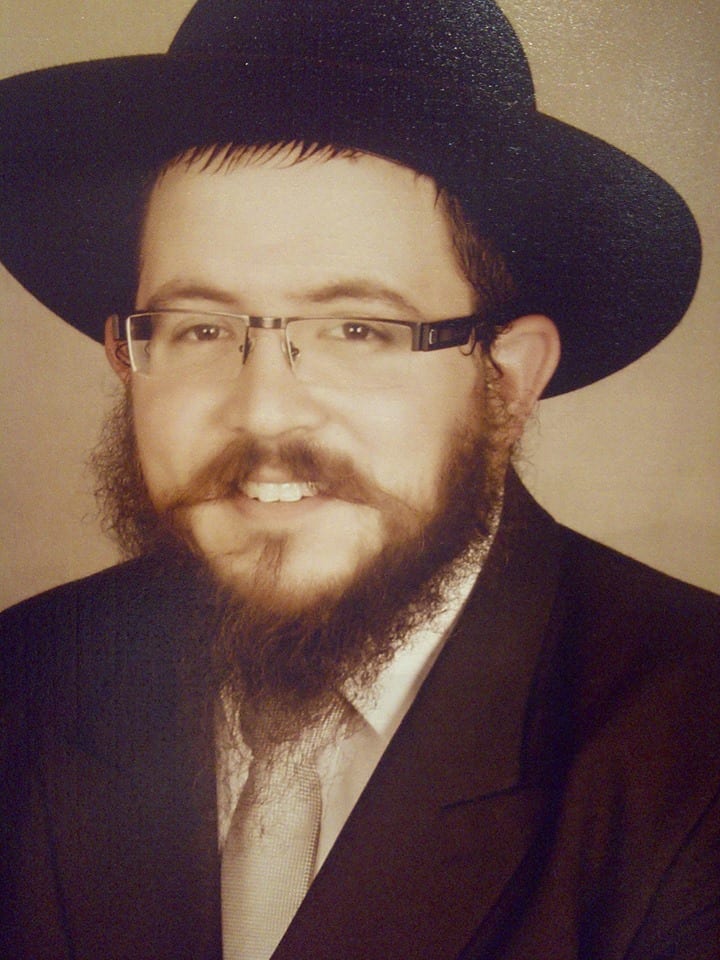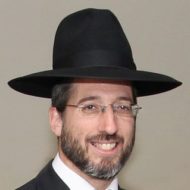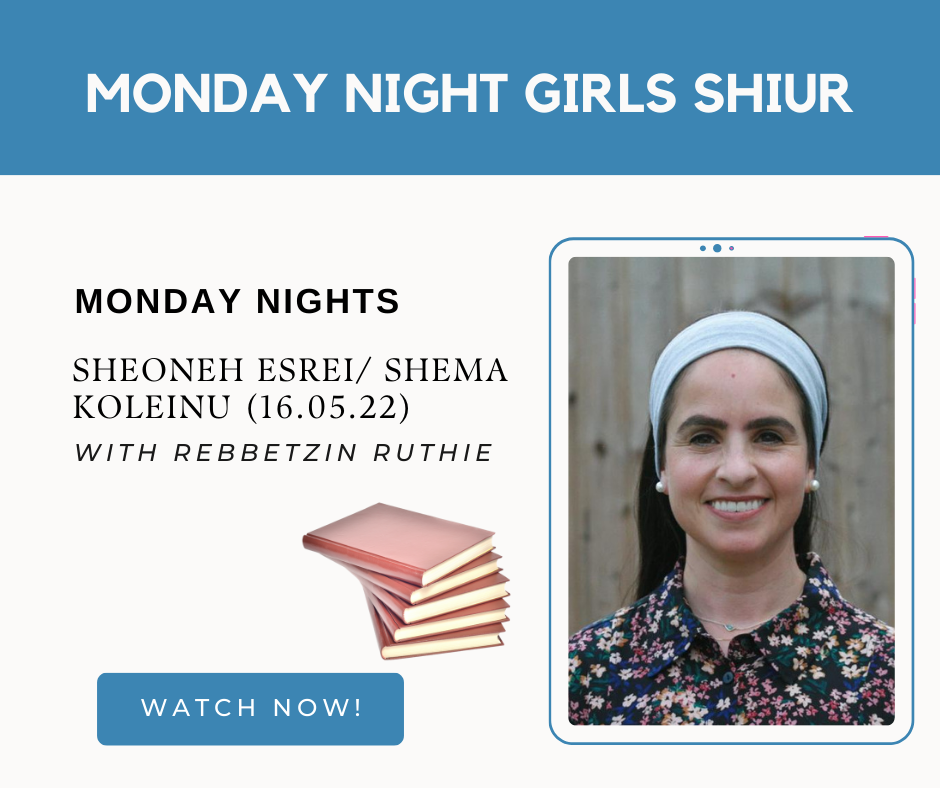
In the entire book of Bereishis – the longest of the five books of the Torah – there are a grand Total of three Mitzvos! The first is key to the continuing existence of the Human race – the positive commandment of P’ruUR’vu-to procreate, found in ParshasBereishis. The second is key to the continuing existence of the Jewish People – the positive commandment of BrisMilah-to circumcise all males on the eighth day from their birth, found in Parshas Lech Lecha.
The third Mitzvah, found in this week’s Parsha, Vayishlach, is the negative commandment forbidding the consumption of GidHanashe – the Sciatic nerve in all kosher wild and domesticated animals. The Torah Tells us that Yaakov, after coming face-to-face and wrestling with an angel, is left limping on his thigh, and as the Torah itself puts it (Bereishis 32:33) “Consequently, to this day, the children of Israel may not eat the sciatic nerve (of an animal)… because (the angel) touched the joint of Yaakov’s hip at the sciatic nerve”.
Rashbam, amongst other commentators, stresses that this Mitzvah is more than just a reminder that Yaakov’s sciatic nerve was injured. It is “as a reminder of the Strength of Yaakov, and the miracle that the Holy One, Blessed be He did for him that he did not die (at the angel’s hand)”.
Now, there are many miracles that G-d performed for our forefathers, and they faced many instances of adversity, so why is it that this specific case is marked with a commandment? After all, the incident doesn’t seem to be one of the most dangerous situations recorded in the Torah.
The SeferHachinuch provides an answer. He says that the underlying reason for this mitzvah is that it should be a comfort to the Jewish People. Even though we suffer terrible troubles form the nations amongst whom we are exiled, and chiefly from the descendants of Eisav, nevertheless we must trust in G-d that we will never be destroyed. He watches over us and He will send us our salvation. The hint to this, says the SeferHachinuch, is from the fact that the angel with whom Yaakov fought was the guardian angel of Eisav (Midrash). This angel wanted to uproot Yaakov and his offspring from the world, yet all he was able to do was dislocate his leg. So too the offspring of Eisav (and the other nations) will try to destroy us, and cause us pain on the way, but G-d will save us.
The question that we are left with, however, is even if it was important to mark this specific occurrence with a mitzvah, why mark it with a mitzvah that is so specific and narrow? Most mitzvos that remind us of something are broad and all-encompassing. For example the mitzvos of the Seder night all promote feelings of freedom. The laws of Shabbos promote a rest from the mundane. The scope of the mitzvah of GidHanashe however is so small. A specific part of a small sinew that is only forbidden in animals (as opposed to birds). Why?
One of the most fundamental teachings of the Baal Shem Tov (BESHT) was his understanding of HashgochoProtis – Divine Providence, the principal that G-d is constantly interacting with the world and influencing what happens here on Earth. The BESHT taught that the degree of G-d’s interaction with the world was not at all superficial. G-d’s involves himself to such a degree that He influences even the smallest of things – even a blade of grass, or a leaf falling from a tree, because everything in creation is an essential part of fulfilling G-d’s ultimate goal.
There are differences in G-d’s influence over various levels of creation, and it should come as no surprise that His interaction with the Jewish People is the most intense. After all, it is through the Jewish People’s keeping of the Torah and it’s Mitzvos that does the most to achieve the fulfilment of G-d’s plans for the Universe. That’s what it means to be His chosen people.
We could infer that it is for this that this reason that G-d decided to express his providence over the Jewish People with such a technical, specific mitzvah. Since the mitzvah is supposed to remind us that He is constantly watching and guiding us, down to the smallest detail, it is only befitting that the mitzvah itself is a very specific and detailed one.







